It will come as no surprise when I tell you that Tokyo is my favorite city in the world. You can visit it all year round, and every season will reveal something new and special. You’ll see sakura blooms in the springs, incredible festivals in the summer, intense fall foliage in the autumn and stunning illuminations in the winter.
My favorite time to visit Tokyo is in November, when the weather is still pleasant and perfect for outdoor activities. The first part of the month sees the most intense autumn colors, with the peak being at the beautiful Jingu Gaien festival. The second half of November marks the arrival of winter illuminations and the opening of Christmas markets.
This guide will show you how all months can be special in Tokyo. I will help you navigate through each month to discover when you should visit Tokyo based on your weather and activity preferences.
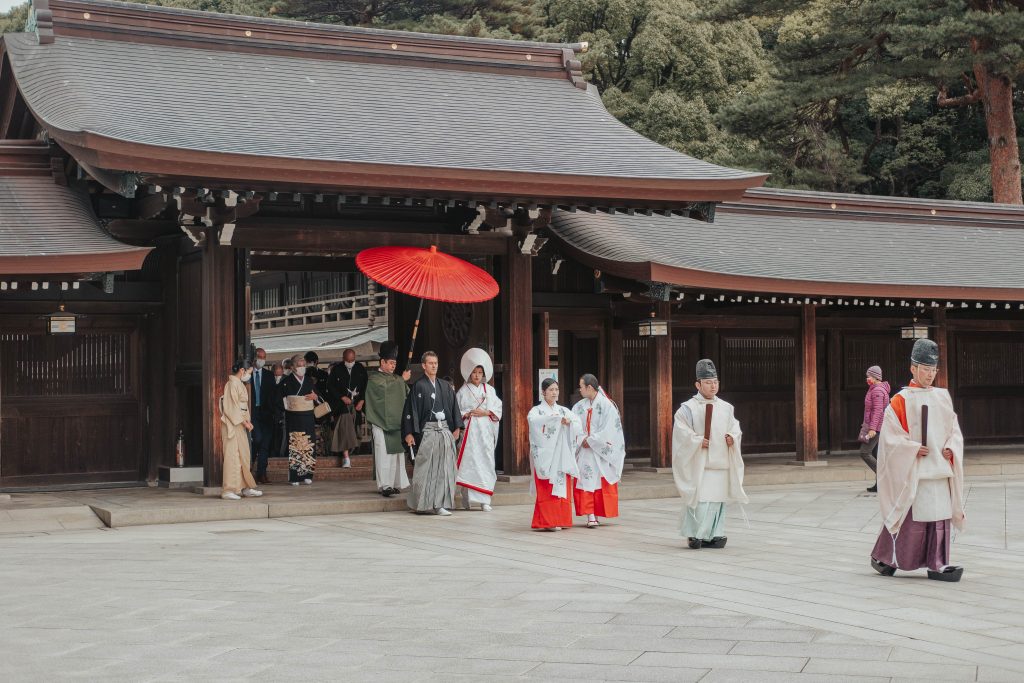
The time to visit Tokyo matters
Most people assume that the best time to visit Tokyo is during the sakura season in the spring. I understand why because spring in Japan really is magical with its beautiful pink blooms. But it’s also when Tokyo becomes seriously crowded and very expensive.
Golden Week is when most kaishain (office workers) have time off and many Japanese travels domestically. The city does become crowded and accommodation prices rise.
Summers are hot and humid, and it can feel like a lot when you want to be outdoors to explore the city. As a megapolis, Tokyo is especially hot given that it is, after all, an urban jungle. Summers also bring the rainy season (tsuyu) and potential typhoons.
Winters are cold in Tokyo, and it’s not uncommon to have the occasional snow day. While it’s much cheaper to travel to Japan, it’s also more suited for those who are looking for indoor activities.
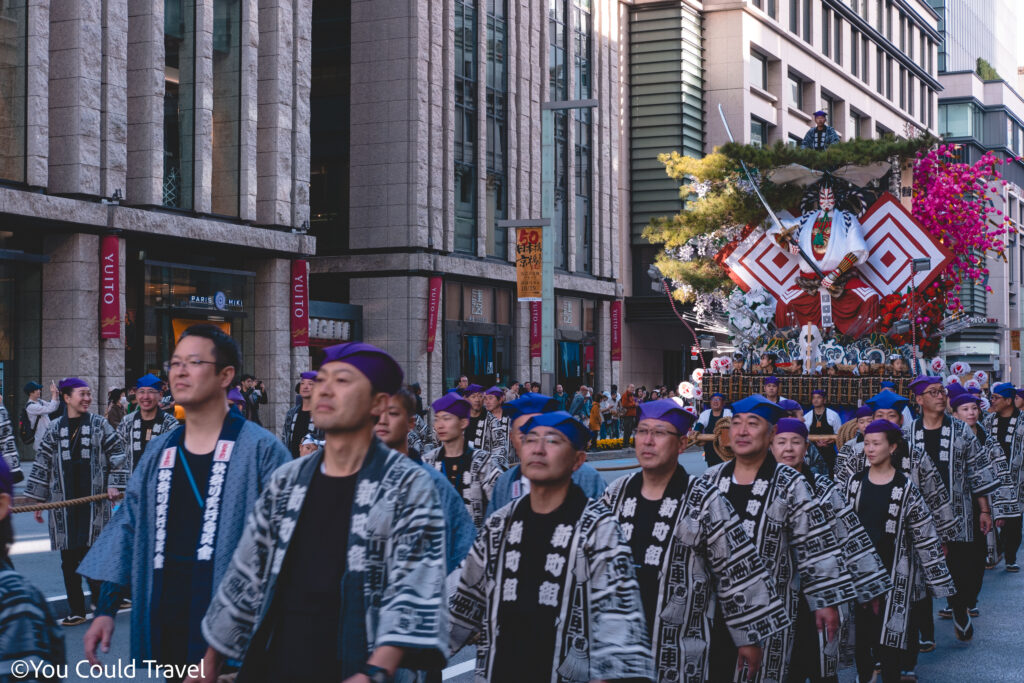
Best months to see Tokyo
While Tokyo is a year round destination, I prefer the city in May, right after the Golden Week and from mid-September all the way to early December. The summers are great, but quite hot for people like me who are more used to British and Scandinavian weather. I really like winters in Tokyo as they are calm and crowd-free. Plus, accommodation is so much more affordable. Here is a month by month breakdown for when to visit Tokyo.
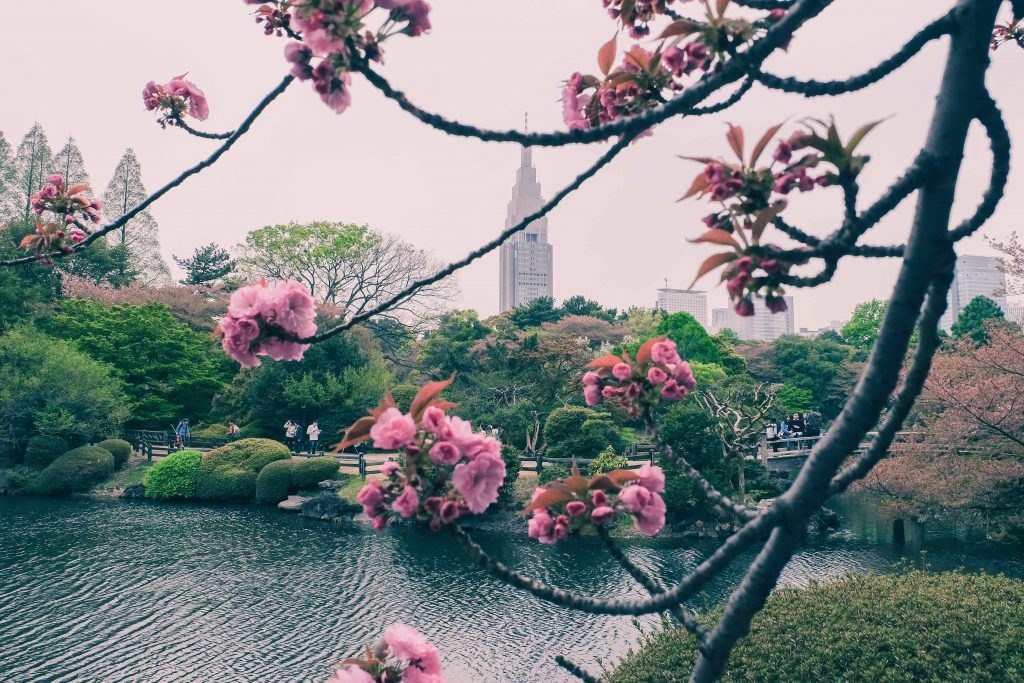
March
Mid-March sees the beginning of peak season in Tokyo, with warmer weather and longer, sunnier days. The famous Cherry Blossom festivals begin late in the month, with Ueno Park and Chidorigafuchi being prime viewing spots.
March is when the prices tend to increase in Tokyo and occupancy is at its capacity. If you have your eyes set on March, you will want to book well in advance.
The averages are around 55°F (13°C) so you still need some warmer layers with you, as well as a raincoat and an umbrella.
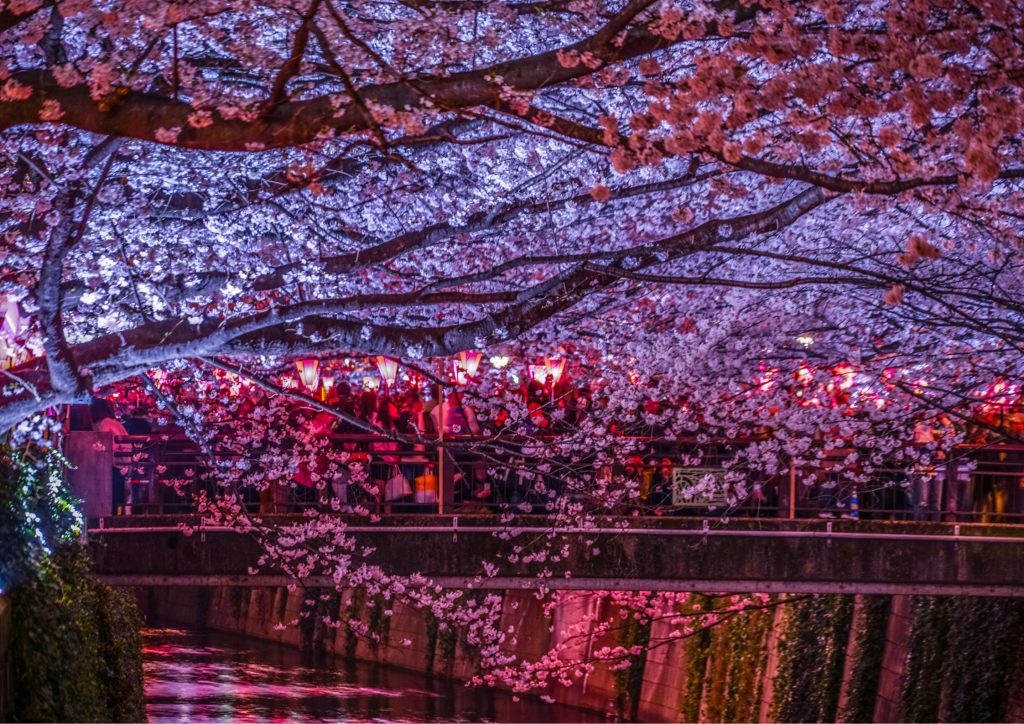
April
April is by far the most popular month for incoming travelers in Tokyo. Cherry Blossom festivals continue with peak right at the beginning of April. Sanja Matsuri, one of Tokyo’s three great Shinto festivals, starts in Asakusa Sensoji around mid to late April.
The weather is a more pleasant 66°F (19°C) but evenings continue to be fairly cold. While Tokyo looks gorgeous in April, do note that when I took day trips from Tokyo to colder mountain locations like Nikko, nature was still very much in winter mode.
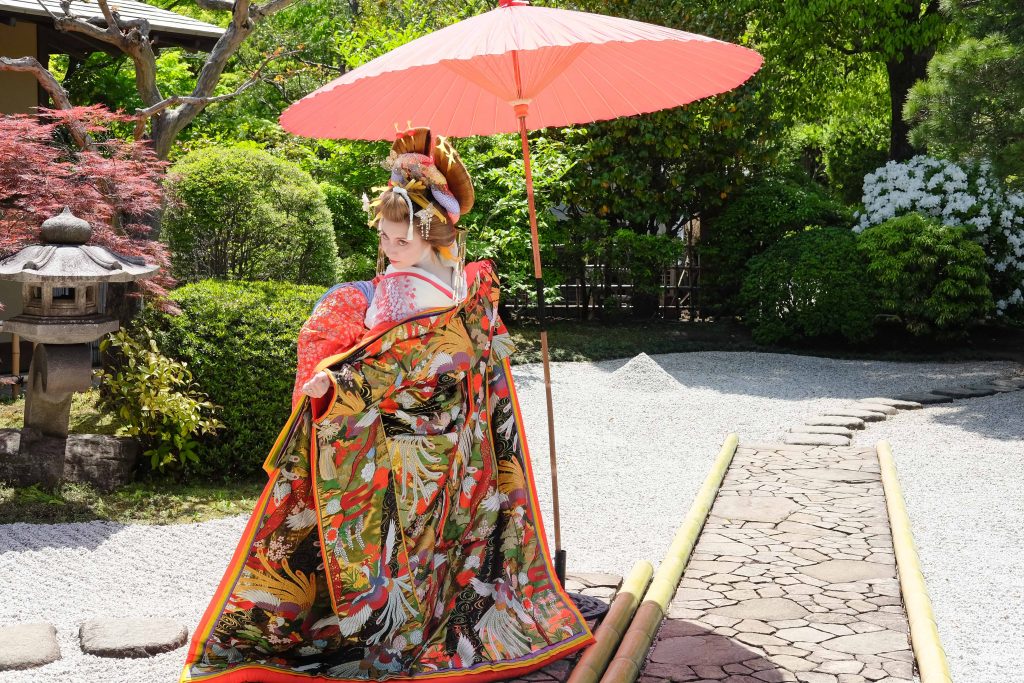
May
May is the time for celebration in Tokyo, with Golden Week seeing an increase in domestic travel. May brings many warm and sunny days, and it’s a great time to visit because it’s the perfect pre-summer month in Tokyo. Temperatures average a comfortable 73°F (23°C), making it an ideal time to spend time outside exploring the city and take advantage of outdoors rooftop bars.
Kanda Matsuri, which takes place in mid-May every other year at Kanda Myojin Shrine, is a major attraction featuring a parade of floats, musicians, and dancers.
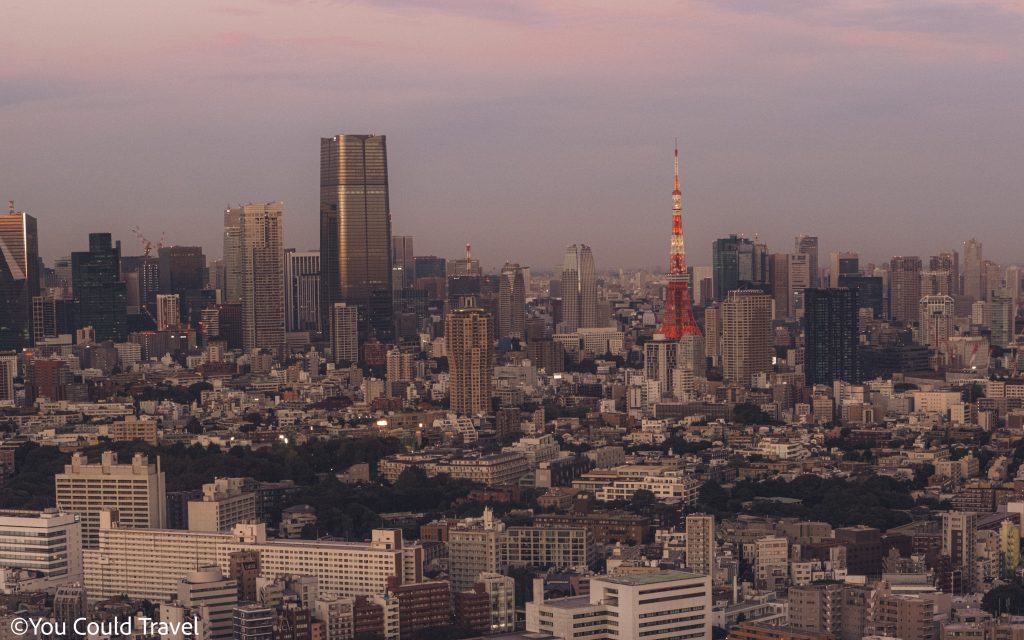
June
June marks the beginning of the rainy season in Tokyo. The temperatures increase, and it starts to get hot and humid, averaging 77°F (25°C). I survive Tokyo in June, by wearing loose linen clothing and drinking plenty of fluids. Luckily, there is a vending machine at every corner, so you will never go too far without having water or cold tea on hand. Besides, it’s not all bad as June brings the season of kakigori which is one of my favorite desserts.
Festival wise, Sanno Matsuri occurs in mid-June, celebrated at Hie Shrine with processions through central Tokyo.
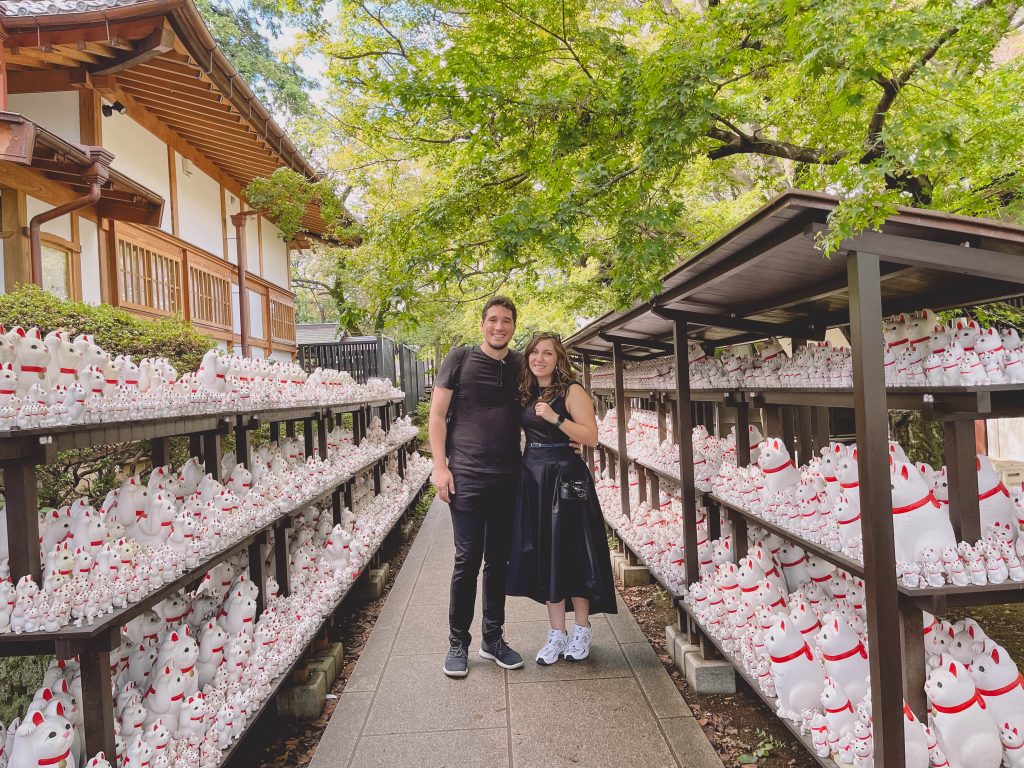
July
As hot as it is, July is such a great month because it brings the Sumida River Fireworks Festival, one of the largest and most famous fireworks festivals.
The weather in Tokyo averages 84°F (29°C) and to me, it feels like my whole existence is about finding the next air conditioning place. July can also bring typhoons and while they are a lot more common in Okinawa, they can just as easily hit major cities like Tokyo.
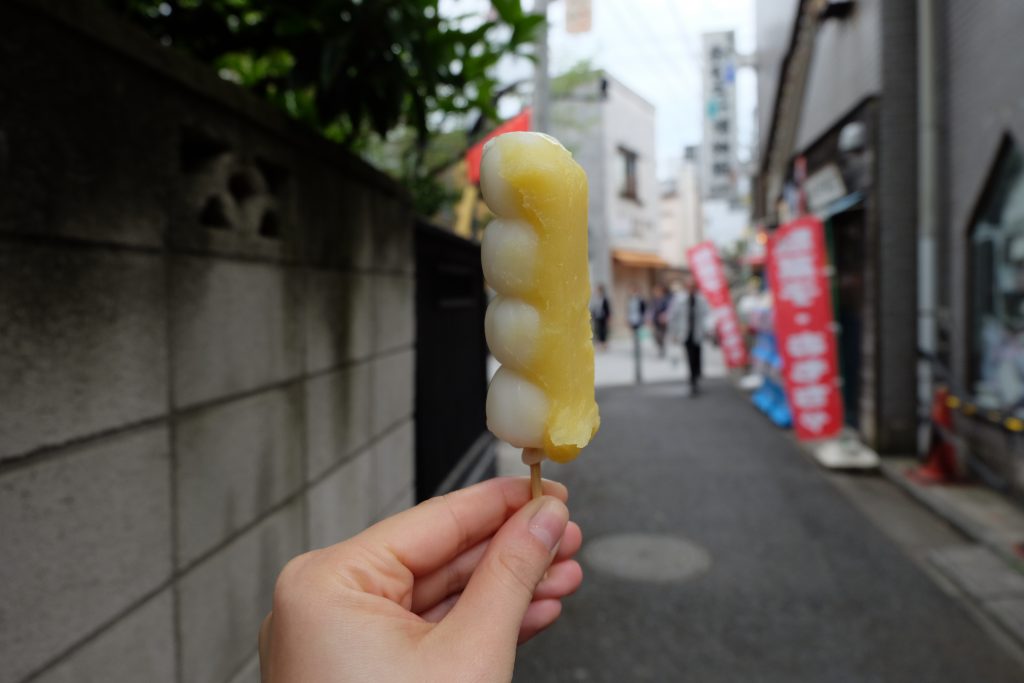
August
Not going to lie, August is pretty hardcore for me. Tokyo is very hot, with average temperatures peaking at 88°F (31°C), although increasing in recent years. You absolutely need high factor sunscreen and a hat, or a UV umbrella.
If you are not bothered by the heat (lucky you!) then August is a great time for festivals in Tokyo. Asagaya Tanabata Festival features colorful decorations and street food, while the Koenji Awa Odori Dance Festival brings lively traditional dancing to the streets. And let’s not forget Obon, which is the most iconic summer festival.
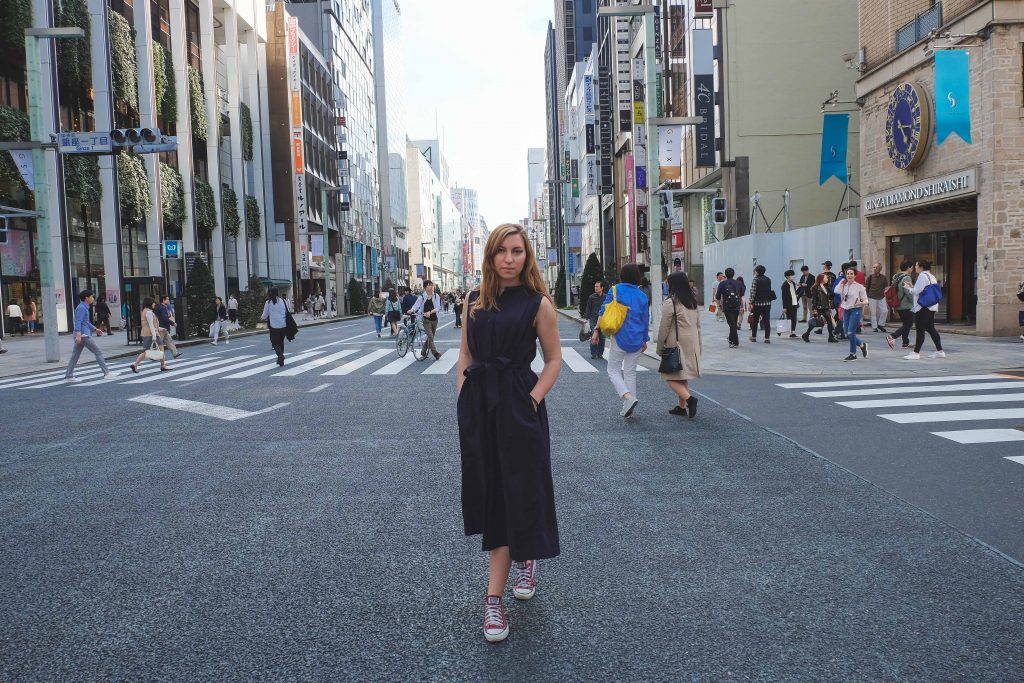
September
The beginning of September continues to be very hot, but by the end of the month, Tokyo begins to cool. I was surprised that I could still wear my sundresses and shorts the whole month, with evenings ideal for enjoying outdoor bars and restaurants.
September brings the night of the Harvest Full Moon. It’s a great time to moon gaze and express gratitude for good health and good crops.
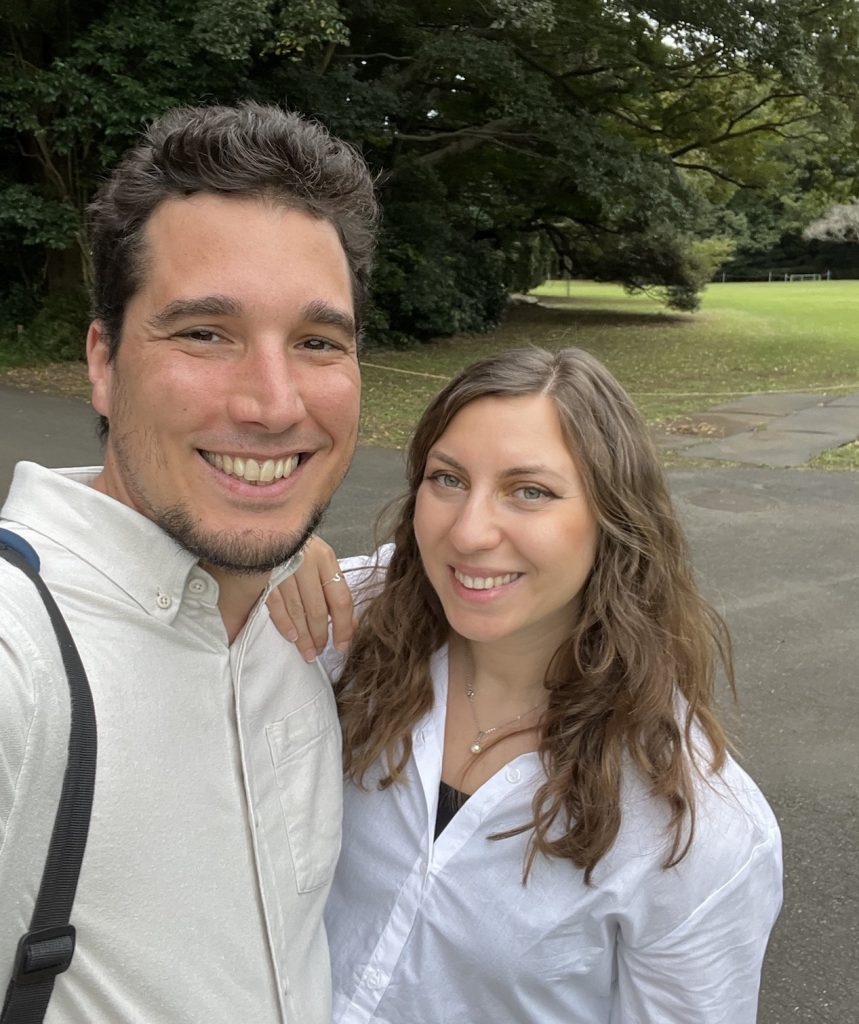
October
October is a great time to visit Tokyo as the days are cooler and pleasant, averaging 70°F (21°C), perfect for city walking and outdoor activities.
Don’t be fooled though, October is still green and warm in Tokyo. It’s only towards the very end of October that you’ll start to notice a very gradual change in foliage colors. October is a great month for seasonal foods like sweet potatoes (especially in Kawagoe!), persimmons, and chestnuts.
Tokyo hosts cultural and food festivals in October with Halloween being the top attraction.
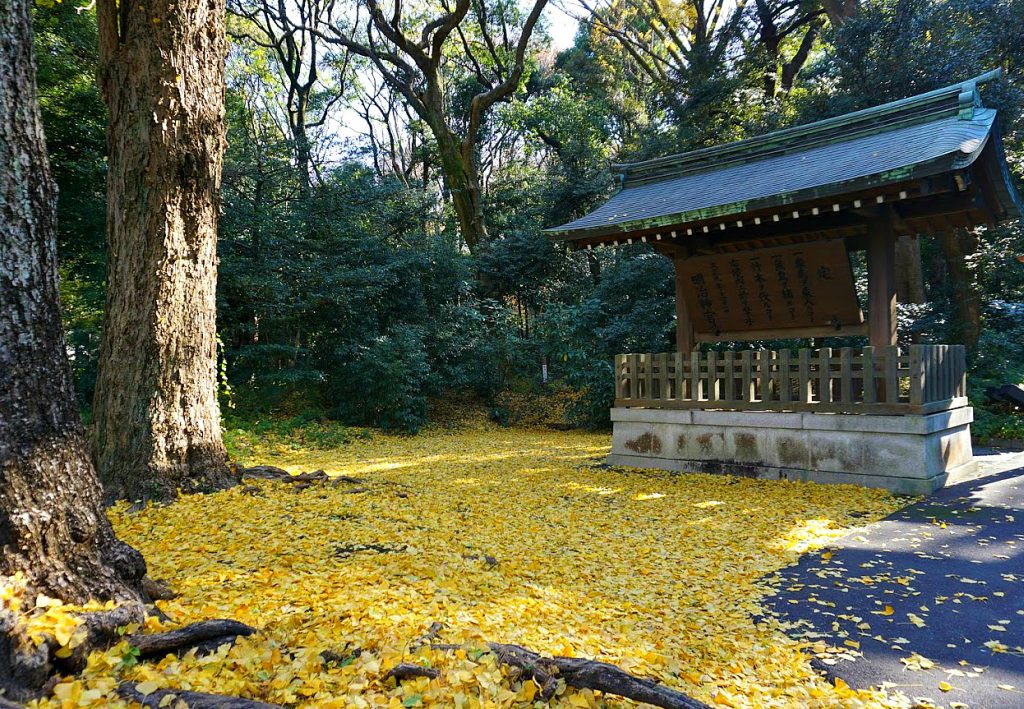
November
November is my favorite month to visit Tokyo because it blends perfectly the splendor of autumn with the onset of winter. Early November showcases the peak of fall foliage, with avenues of golden ginkgo trees transforming the city into a beautiful, unusual spectacle.
November is the time to celebrate the Jingu Gaien festival and just one hour away from Tokyo you can celebrate my favorite autumn festival, Hachiōji Ginkgo Matsuri.
As the month progresses, Tokyo bursts into life with its first winter illuminations. By late November, parks and gardens are aglow with stunning light displays, and the city begins to welcome its Christmas markets and ice rinks, heralding the festive season.
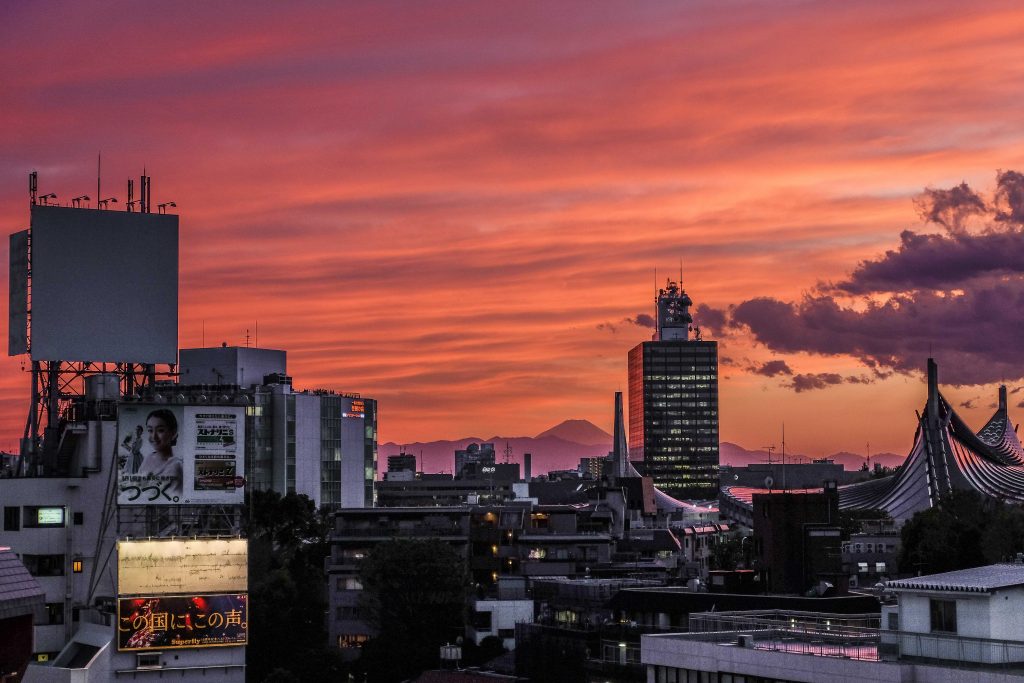
December
December is frosty, with temperatures averaging 54°F (12°C). The beginning of December is still pleasant during the day. December welcomes the least amount of rainfall in Tokyo, with plenty of clear skies. This means that December is a great time to do a day trip to Mount Fuji for the best chance to see it in all its splendor.
Towards the end of December, temperatures plummet. End-of-year festivities are in full swing, with Christmas markets and illuminations already lively, all leading up to New Year’s Eve celebrations.
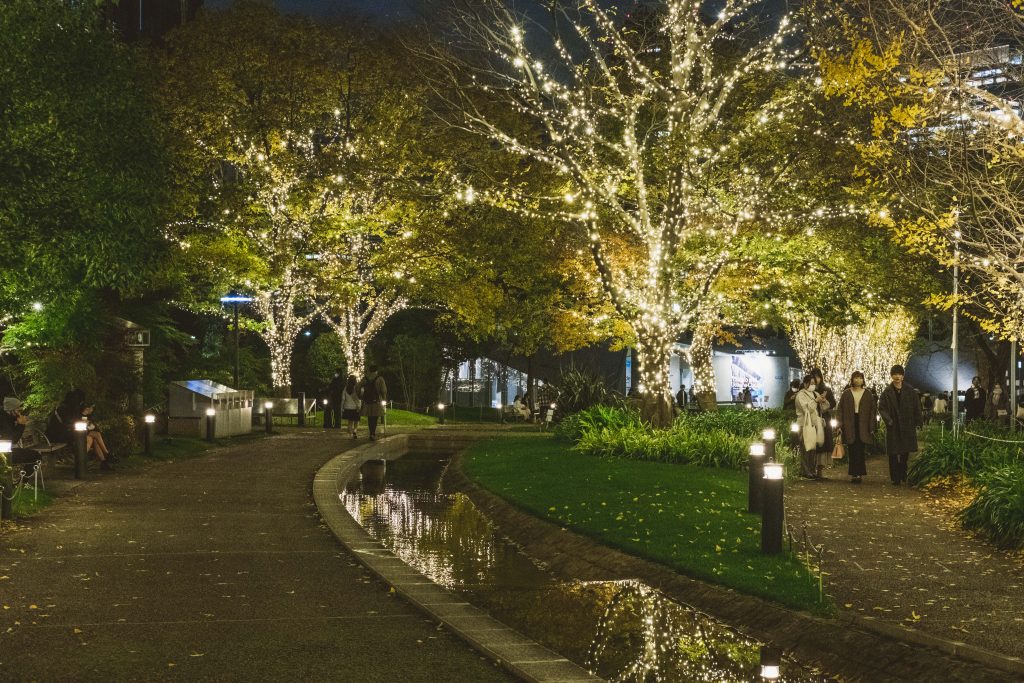
January
January marks the beginning of a new year in Japan. The New Year or shōgatsu brings celebrations, with visits to temples and shrines like Meiji Shrine and Asakusa Shrine being popular.
From a visitor perspective, January is the cheapest month to visit Tokyo and Japan in general. You can expect cheaper airfare and discounted rates to increase occupancy after the New Year peak. Average temperatures are around 50°F (10°C). Days are cold and dry with occasional snow flurries.
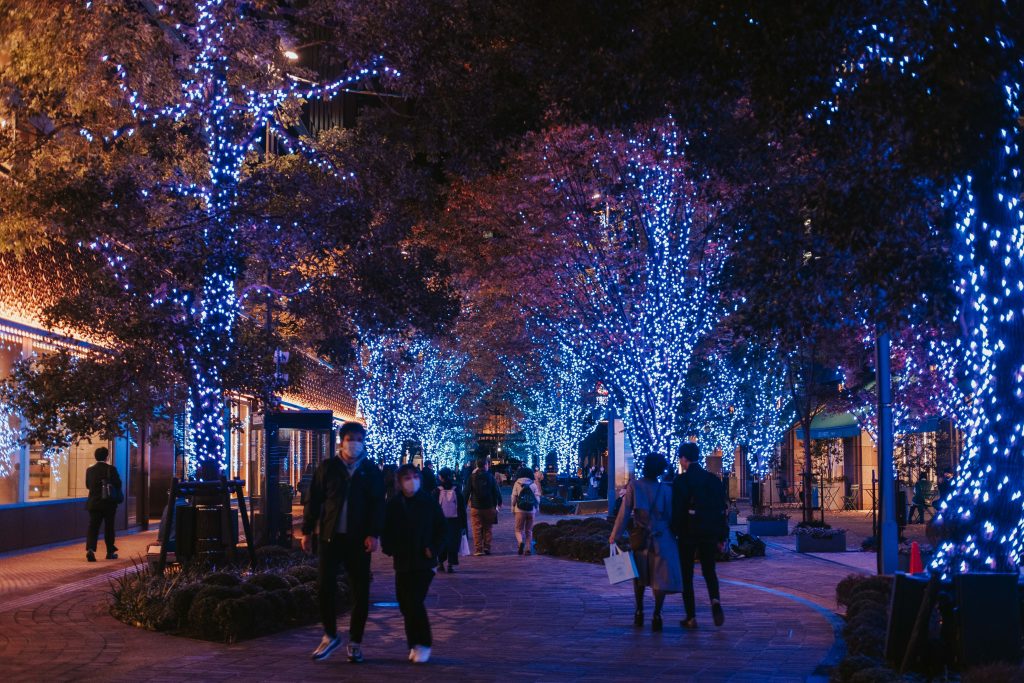
February
February is considered off season in Tokyo and, much like January, you can expect a fairly affordable visit. Attractions are less crowded and days are still cold, with average temperatures holding at 50°F (10°C).
Towards the end of February, you have the chance to see the plum blooms as well as kawazu-zakura, which are the first cherry trees to flower.
Setsubun festivals are held at temples across Tokyo, where people throw beans to drive away evil spirits and bring good luck. Valentine’s Day is also becoming more widely spread in Tokyo.
Plan your trip to Tokyo
Get started with finding where to stay in Tokyo first. Find all the must-do activities in Tokyo and don’t miss my list of all the best street food to try. You can check out all my Tokyo itineraries or get in touch for a specific self guided tour. If this is your first time to Japan, check my book on manners and etiquette.

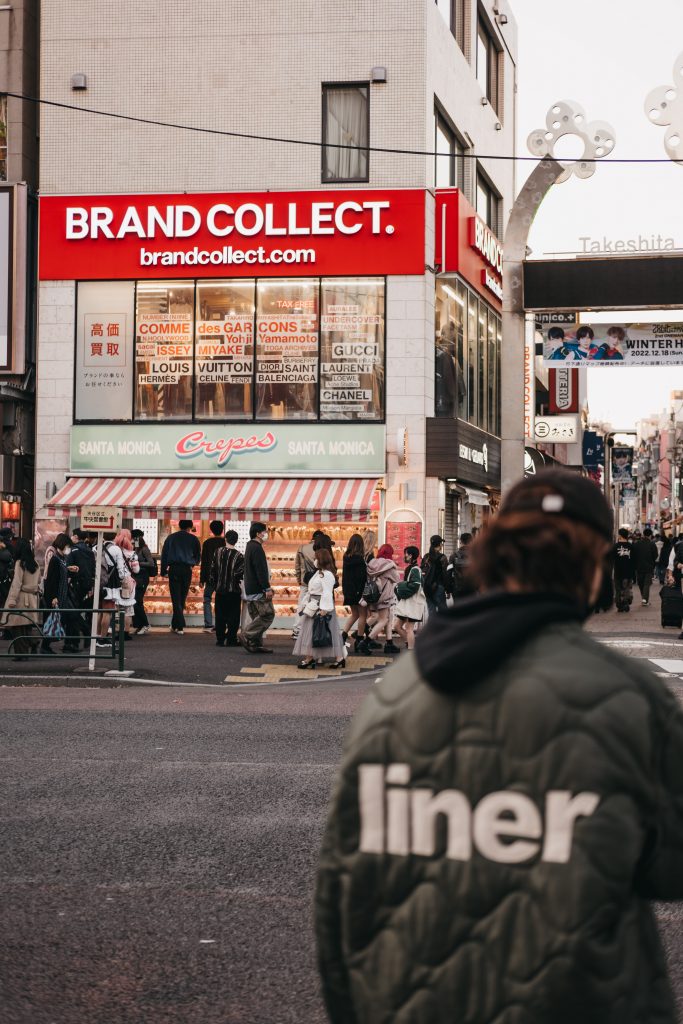
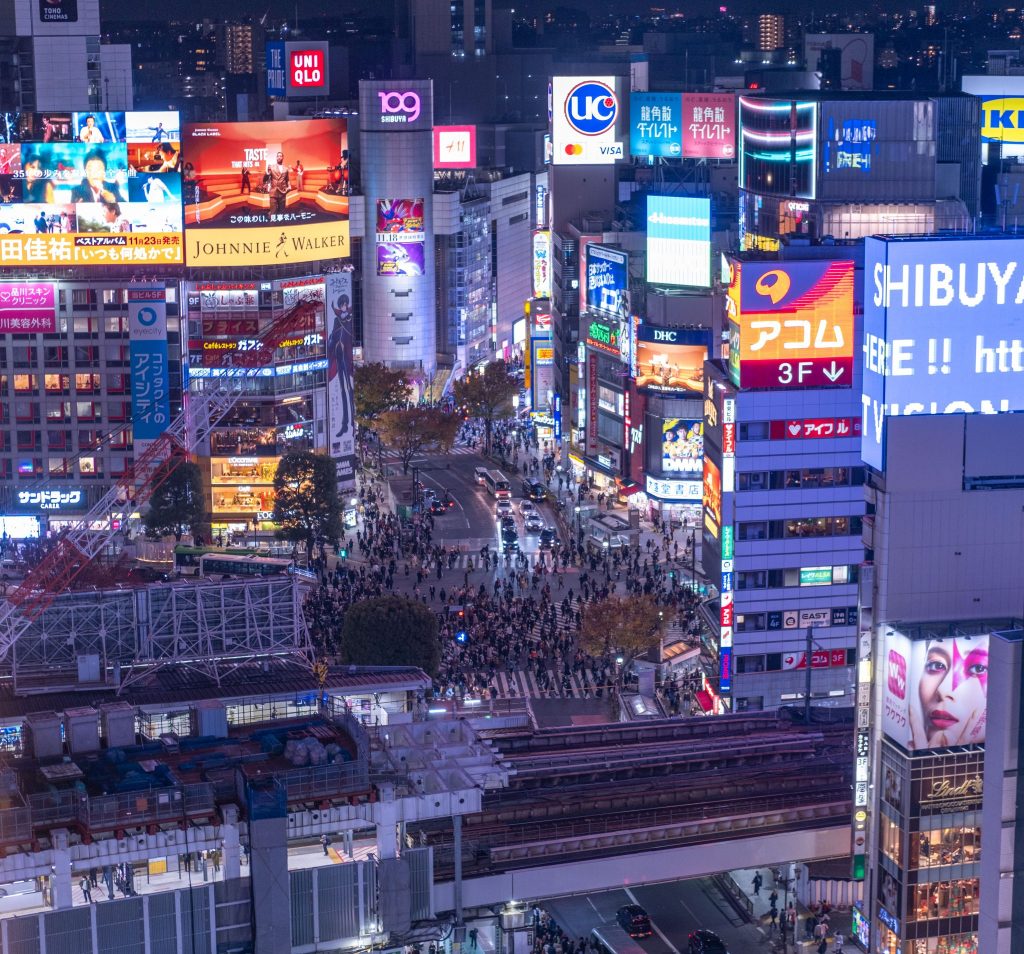
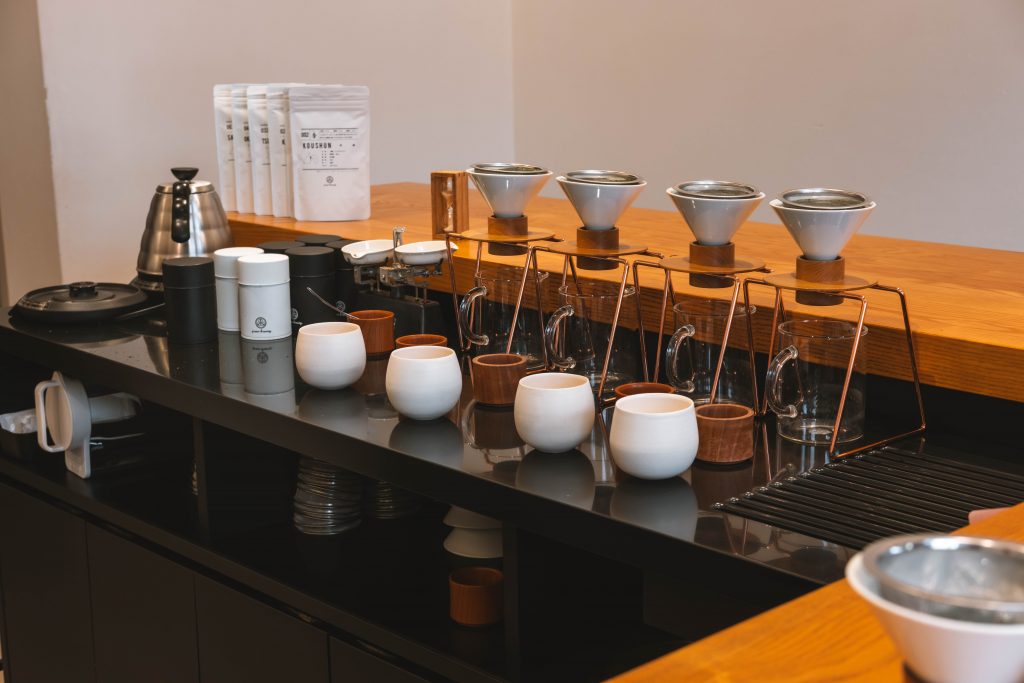
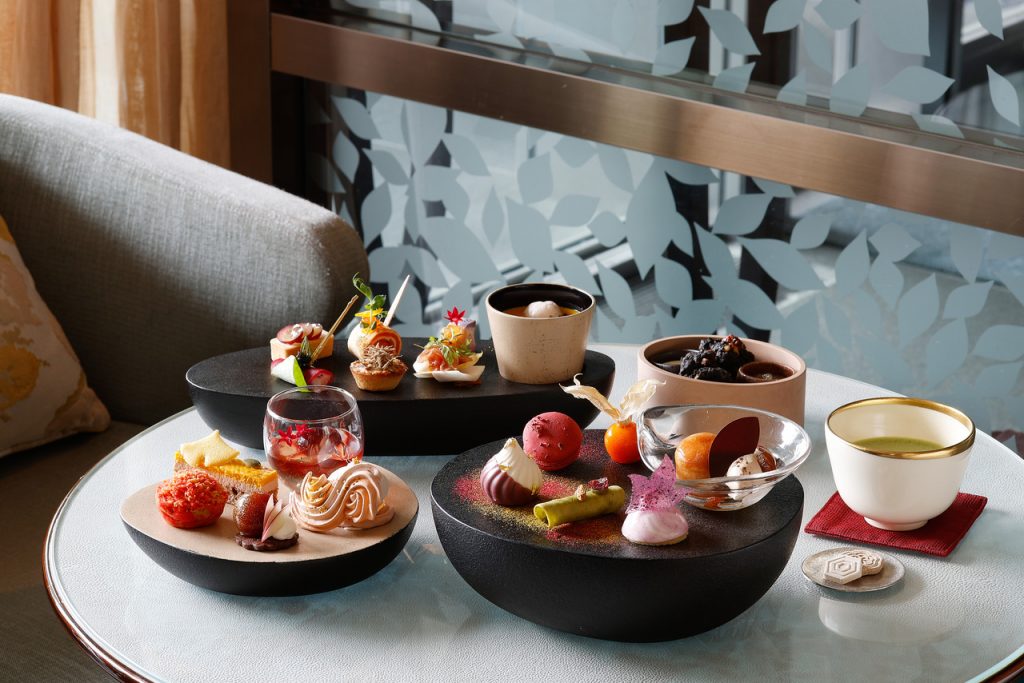
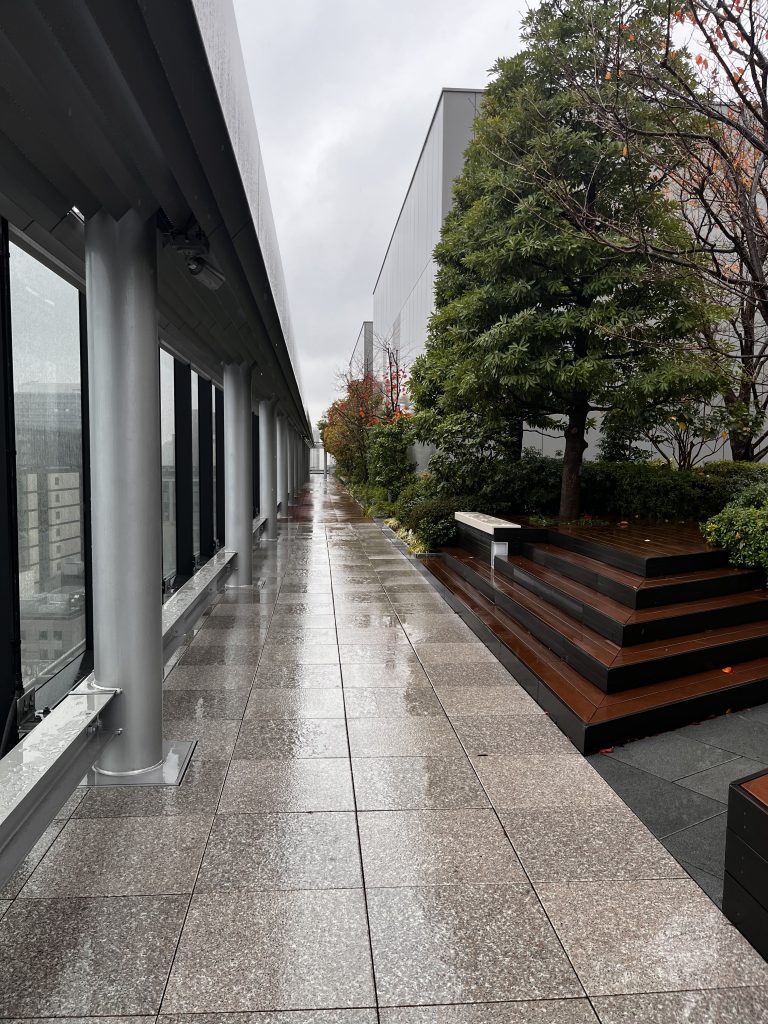
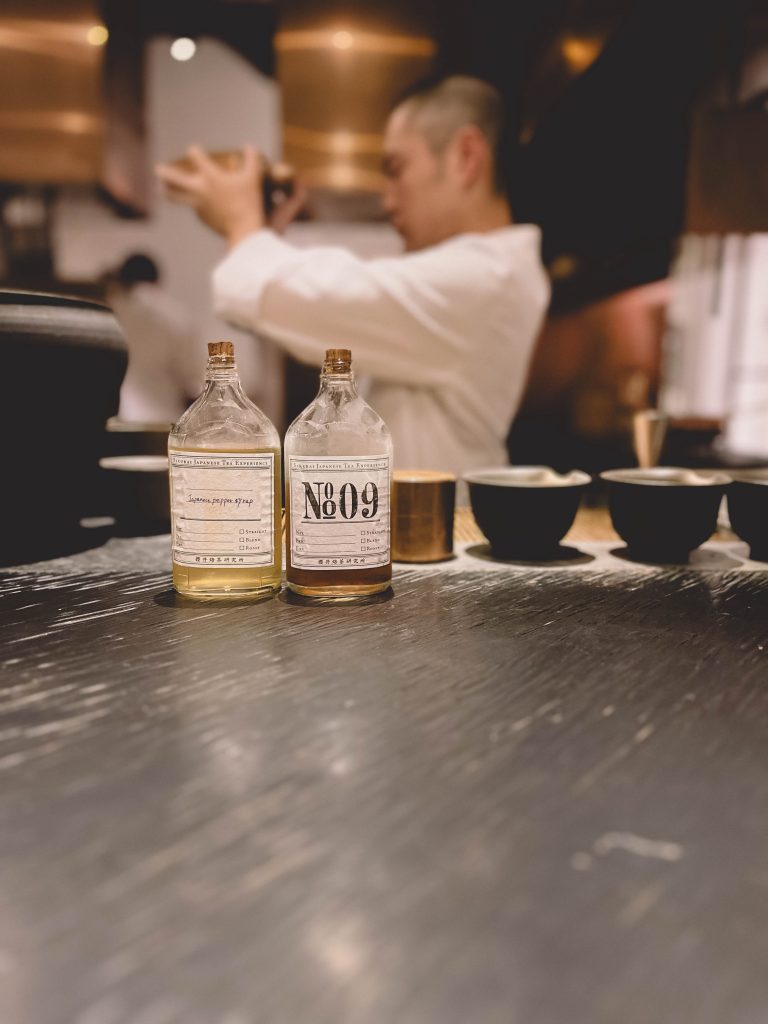
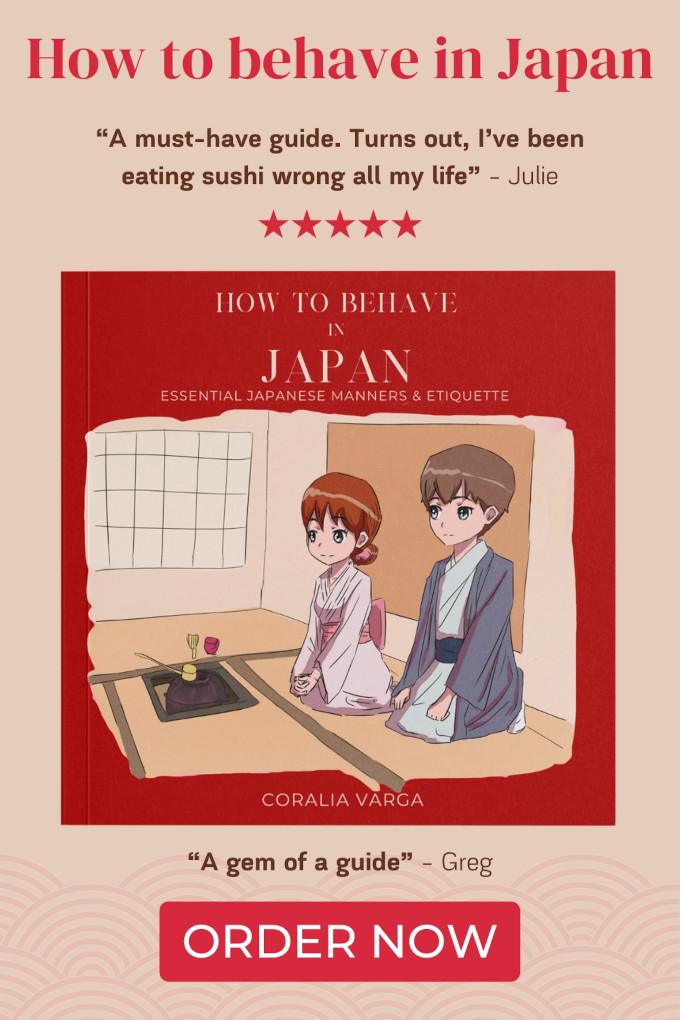

Leave a Reply